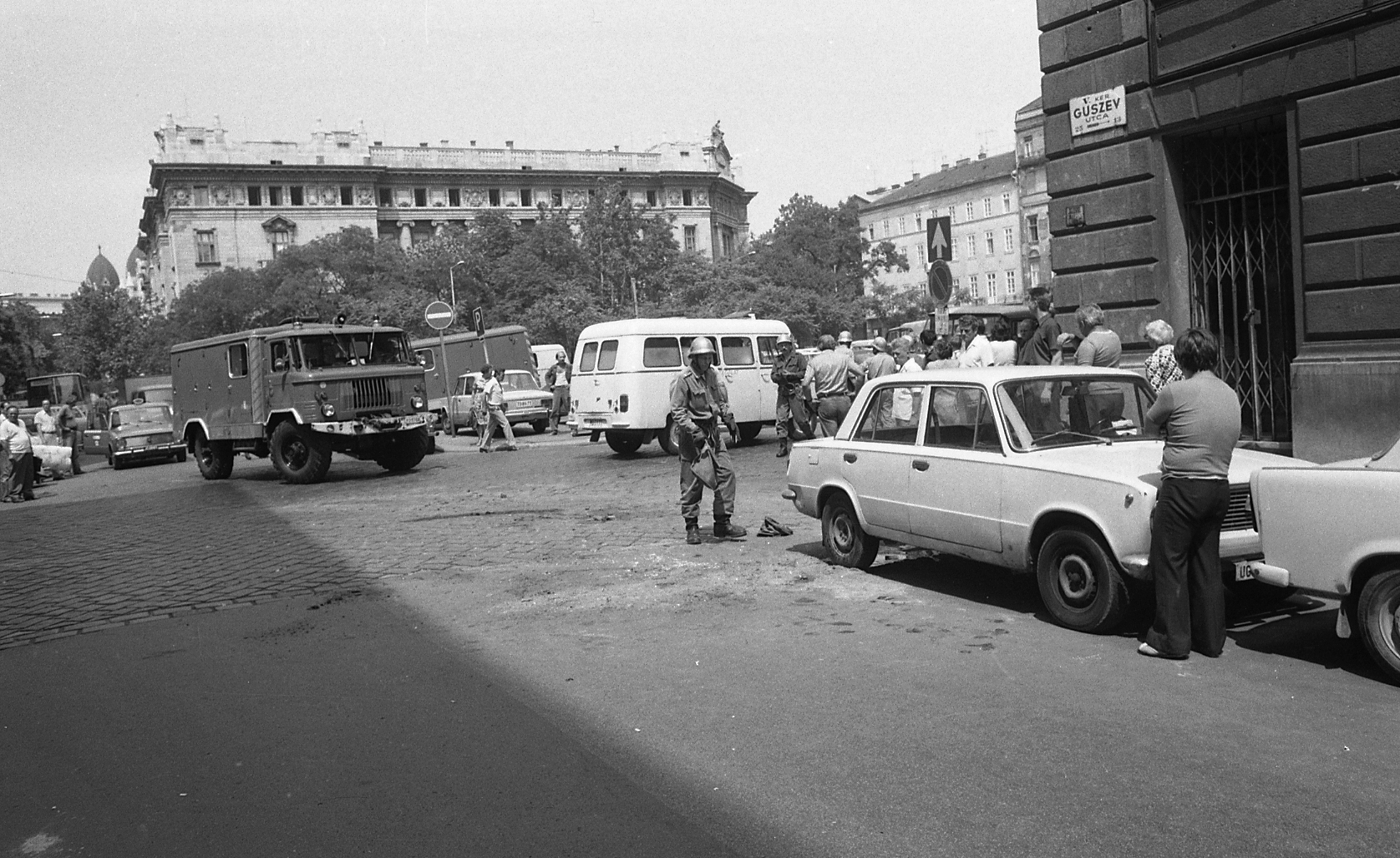Hungary was torn apart by political turmoil and chaos in the years following World War II. Although the country appeared to be taking steps towards the establishment of a democratic multi-party system, the rising Communists slowly but surely destroyed all such aspirations, eliminating every other party – whether they were on the right or the left – with the help of the Soviets. Some of their methods used to attain absolute power seem quite unthinkable from today’s perspective.
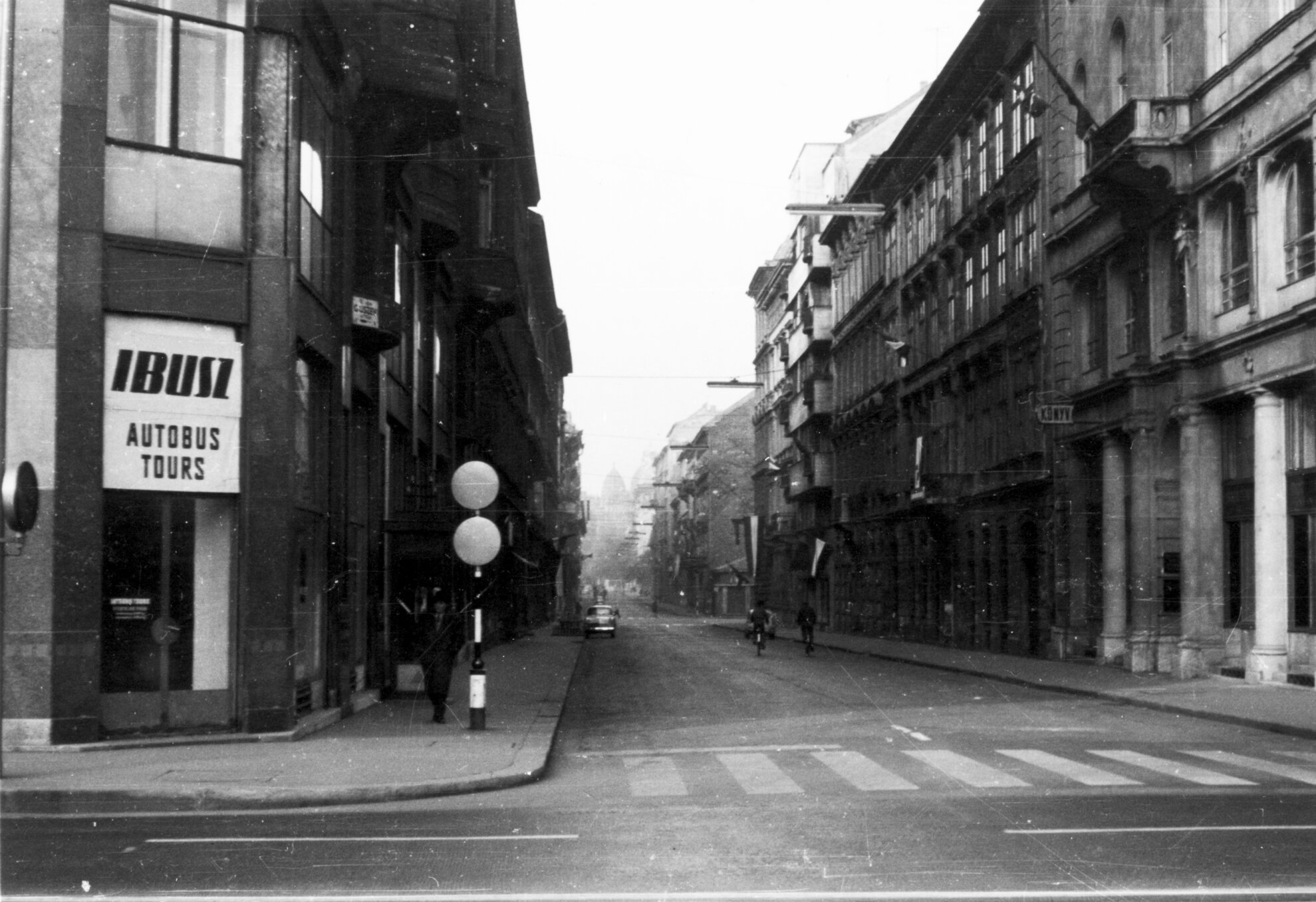
One of the most absurd examples involves Captain Alexei Gusev, Alekszej Guszev to Hungarians, whose name was ingrained into the public consciousness immediately after the conflict, and who earned considerable fame and glory here. As a result, Sas utca in District V was renamed after him in 1951, and he was also honoured with a commemorative plaque. This downtown street carried the name of Guszev until 1991 – although by then, everybody knew that he was pure fiction.
Hungary was liberated by the Soviets in 1945, by which time the Communists had already been looking for an opportunity to make a power grab. However, as Hungary was still a democracy on paper, with somewhat free elections, the Communists were not able to achieve their goals immediately. They looked for clever ways to make at least some Hungarians believe that the Soviets were their only allies, friends and helpers.
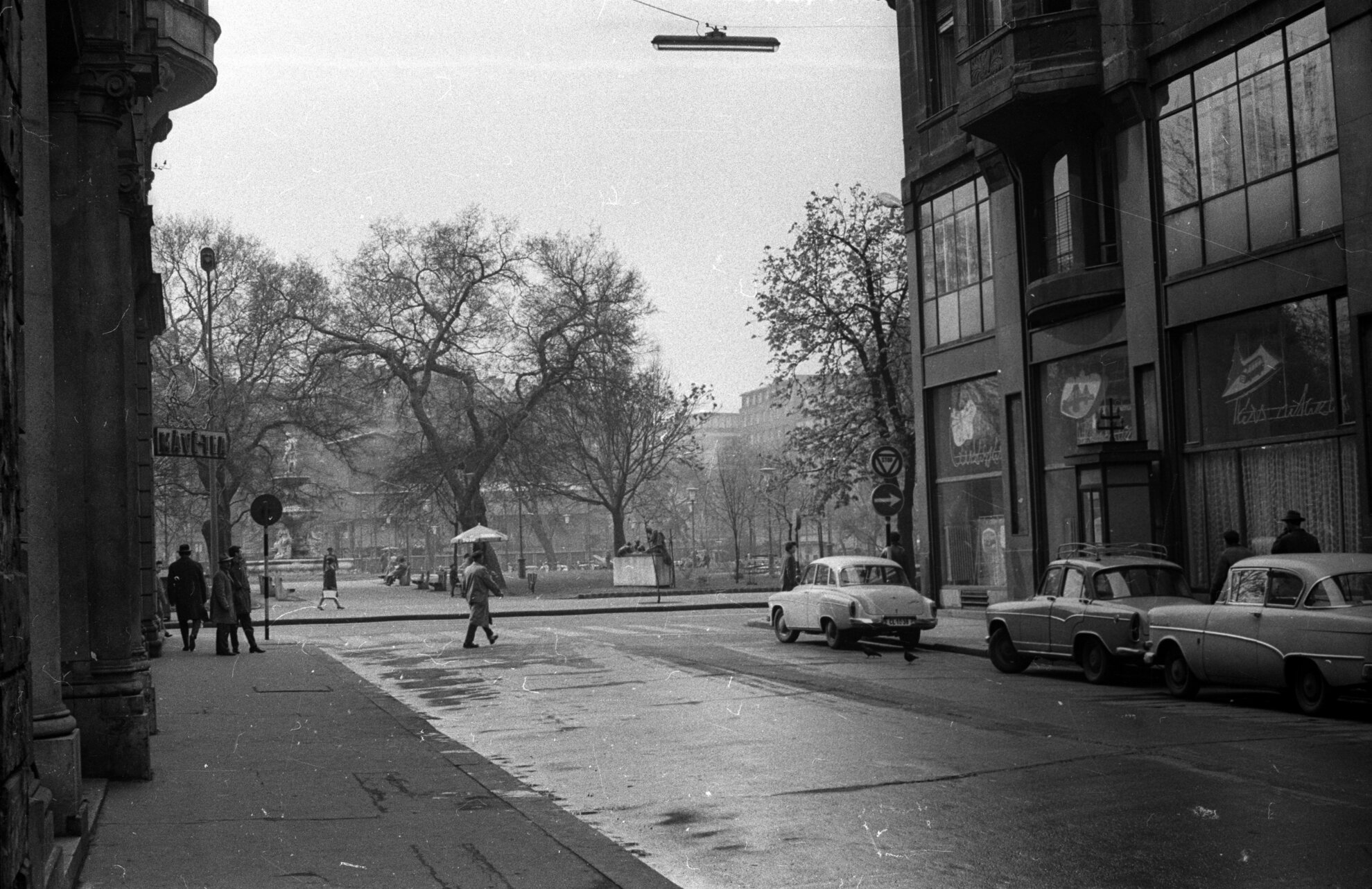
The Communists in that period idolised the freedom fighters of the Hungarian revolution of 1848, one century earlier. Though the uprising ultimately failed, the Soviets saw traces of their noble idea in the Hungarian revolutionaries. The irony is that the promising revolution was crushed with the help of none other than Tsarist Russia. Despite the significant shift of the political and social landscape by the time the Soviet Union was established, a level of hostility remained between the two nations.
To turn this around, the Soviets needed to come up with something spectacular that would achieve the support of the locals. This is when Hungarian Communist writer Béla Illés comes into the picture, who delivered the desired effect. Illés was a talented author, discovered by one of the greatest Hungarian poets of the 20th century, Endre Ady himself. Thanks to Ady, his early attempts at writing were published in the most important literary journal of the country, Nyugat.

By 1919, Illés sensed certain forces were acting against him, and decided to emigrate. He went to Vienna first, then to the Ukrainian Carpathians, later to Czechoslovakia and then back to Austria again.
As he was constantly up to something, it wasn’t safe for him to stay anywhere too long.
He eventually ended up in the Soviet Union, where he stayed until the end of World War II. He returned home to Hungary in a Soviet uniform, posing as a bastion of Stalinism. He was also carrying a book written by himself, which told the story of a glorious Tsarist Russian officer, Alekszej Guszev.
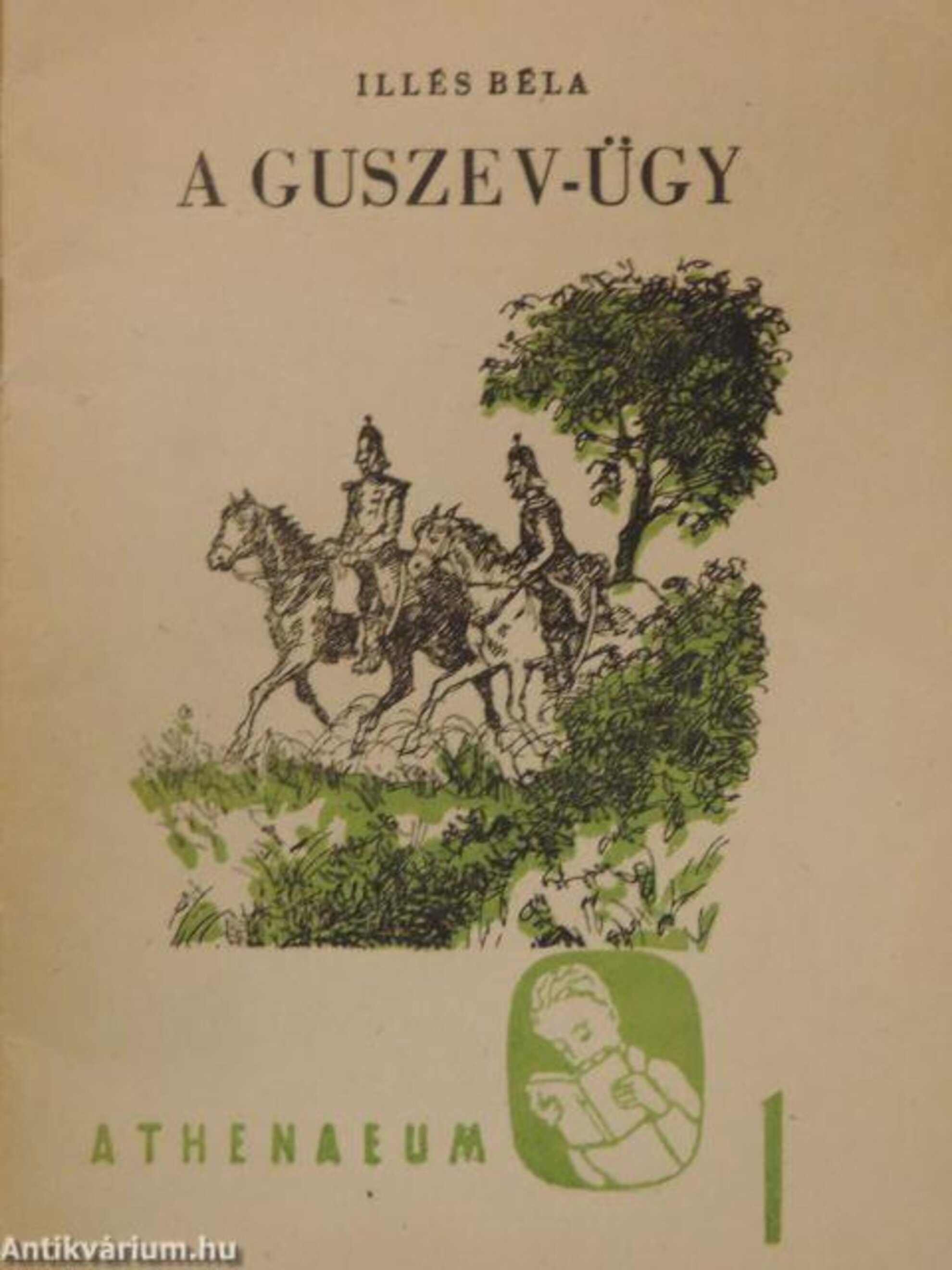
His book became a huge sensation in Hungary, familiarising the name of Alekszej Guszev with the public as a symbol of Soviet-Hungarian friendship. Locals were quite moved by the story, and – to the delight of the Soviets – began idolising Guszev as a hero. But what do we actually know about this mysterious Russian captain?
Alekszej Guszev was an officer in Tsarist Russia, who oversaw the troops that helped defeating the Hungarian revolution of 1848-49. However, Guszev was sincerely moved by the Hungarians’ fight for independence and freedom. He already knew the aggressive and repressive power in Tsarist Russia, and the Hungarians’ bravery in rebellion was a cause he found worthy of giving everything up for.
Unfortunately for him, while choosing to abandon his duties, he also chose to stand on the side of those who eventually lost. He was arrested alongside his men, sentenced to death, executed and buried in an unmarked mass grave. The Russian authorities then deleted all evidence that he had even existed.
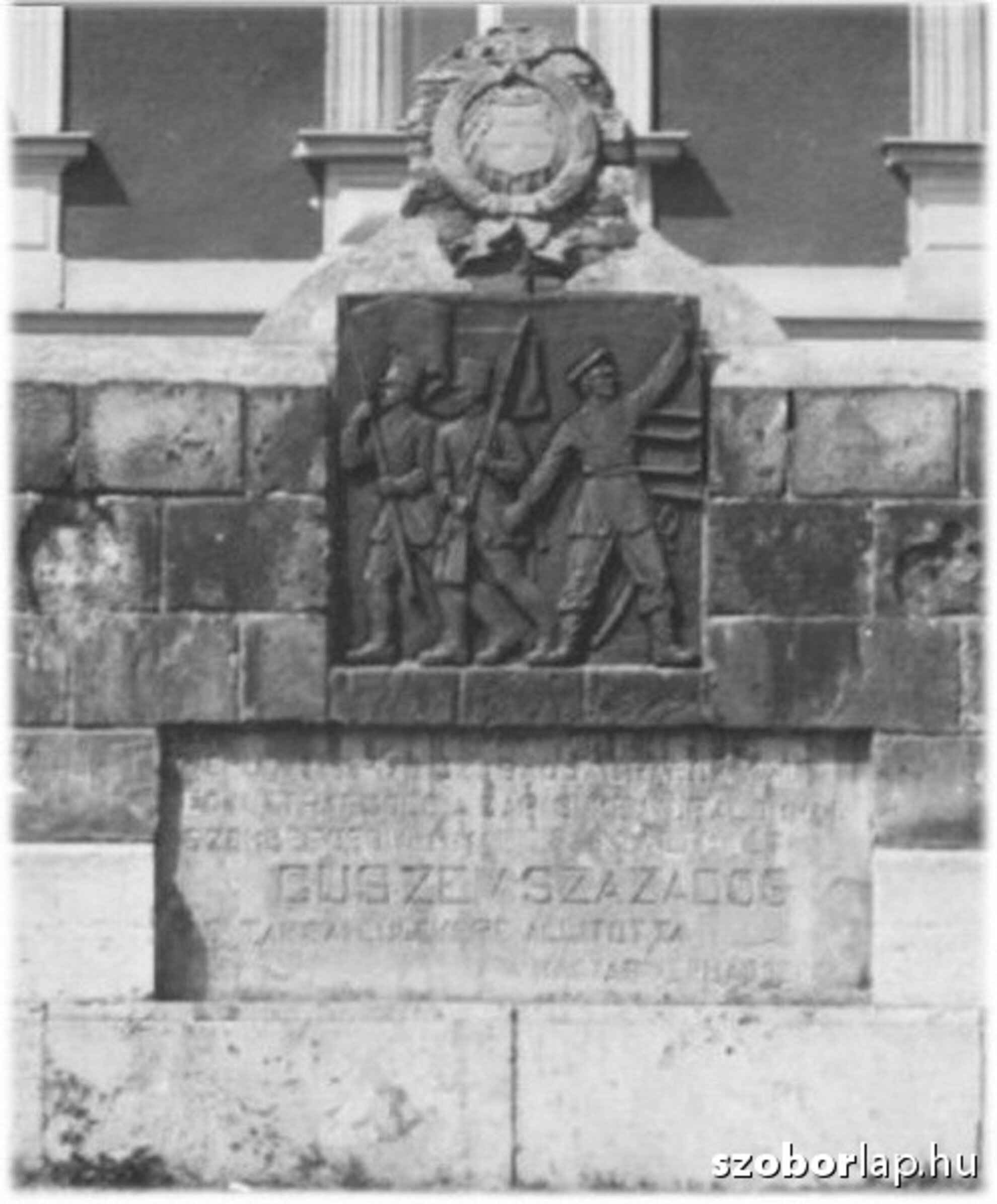
As a result of the book, Guszev garnered a strong fan base in Hungary, which was good news for the Soviet Union. On his visit here, Soviet leader Anastas Mikoyan spoke of the esteemed reputation of the fallen Russian hero who had stood by the Hungarian people. As the Communists gained more and more power over the country, Hungary’s dependence from the Russians was increasing as well.
Meanwhile, the obsession with Guszev spread across the land. The government, along with the Party leadership, decided to name a Budapest street after the fictitious hero, and set up a memorial plaque for him, too. What’s more, they set out to find any remaining documents or artefacts connected to him, with the aim of presenting them to the public and increasing emotional connections.
As the only tangible thing they had was the book by Illés, a delegation was sent to the Soviet Union to search for more. Of course, they couldn’t find a thing. This was the first hint that something may not be right with Illés and his book. Naturally, the author had an explanation for everything. He claimed that his main sources were case files and official texts from the Minsk archives – which had burned down during the war.
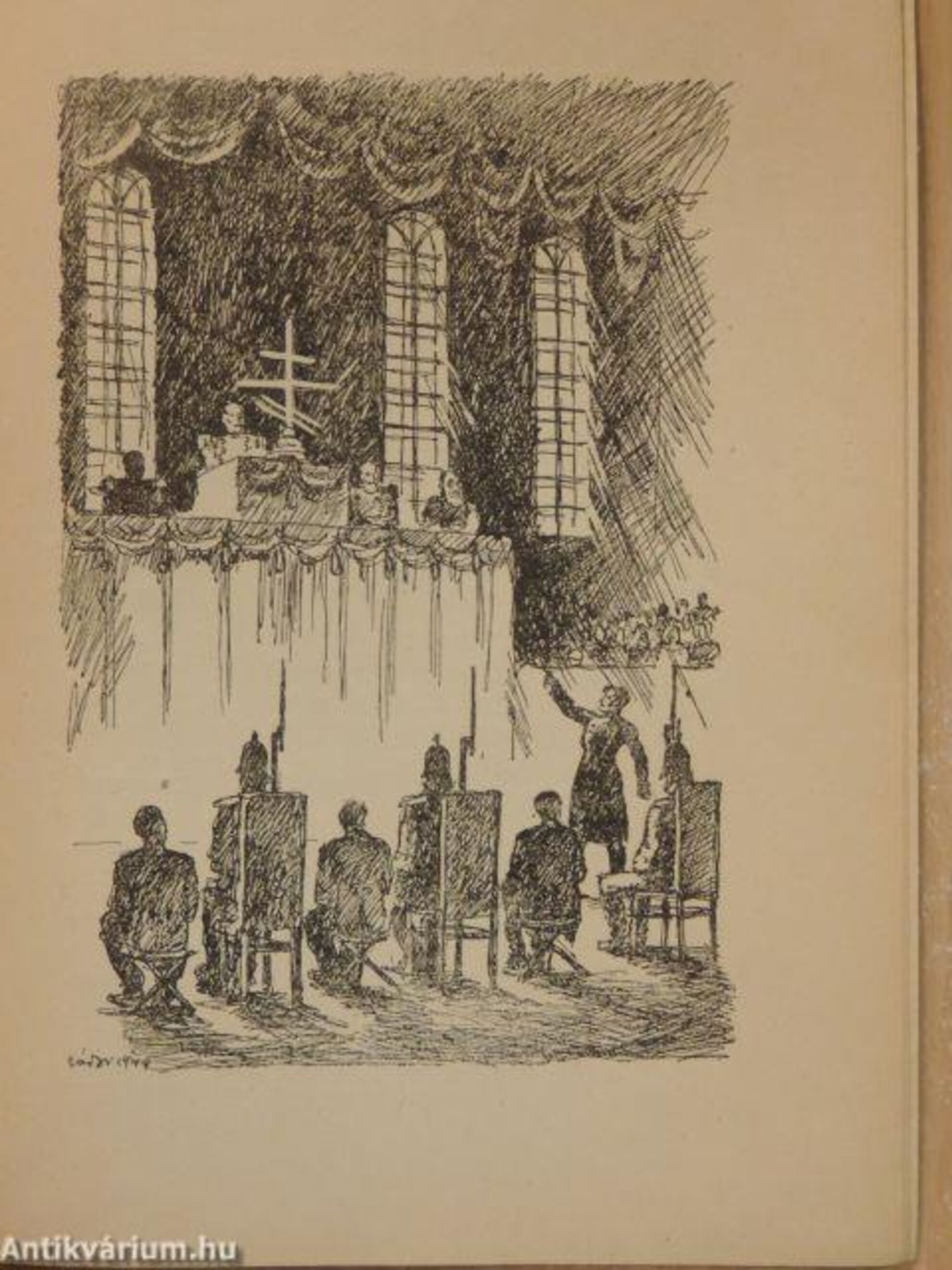
Moreover, he said, Tsarist Russia had erased all evidence of the Russian officer’s life as an additional punishment after his execution, making it seem as if he had never existed.
Conveniently, the mass grave where he had been buried was completely unmarked as well – as Illés claimed, this was also done in an effort to erase every memory of Guszev.
The delegation sent to the USSR came back with empty hands, and although they had a few texts about Guszev with them, each could be traced back to Illés.
The Party leadership always valued utility over the truth, and as the Guszev tale was highly beneficial for them, they decided to end all investigations and just go along with the story, fake though it probably was. In 1951, they gave downtown Sas utca its new name, Guszev utca, and inaugurated the plaque as well.
Béla Illés died in 1974, without ever having revealed the literary-political deception of the Guszev story. Nobody dared to bring the issue up back in the 1950s, but the critical voices grew stronger over the years – without achieving much. Towards the end of his life, Illés went as far as questioning why it would be a problem if Guszev was in fact fictitious, claiming that his figure represents all of the Russian officers and soldiers who sided with the Hungarian revolutionaries – this statement wasn’t very truthful though, either.
While on the one hand, there was a soldier from the Tsarist army whose fate resembled that of Guszev, he was Polish, Kazimierz Rulikowski, instead of Russian. After the author’s death, the Guszev case was pushed to one side and people stopped worrying about it for a while.
The street continued to bear his name, and the plaque was also kept in place until 1991, when the street regained its original name, and the plaque was carried to the Budapest City Gallery.
That was when it finally came time to review the author’s oeuvre.
As it turned out, the Guszev case wasn’t the only time he had falsified history – it was merely the tip of the iceberg. He had made deceitful claims about the Rákóczi War of Independence, as well as the aforementioned Revolution of 1848.
In 2017, a TV film written by Péter Fazekas and Norbert Köbli, Árulók (‘Traitors’), explored the Guszev story, revealing a situation so absurd, only life could write it.
